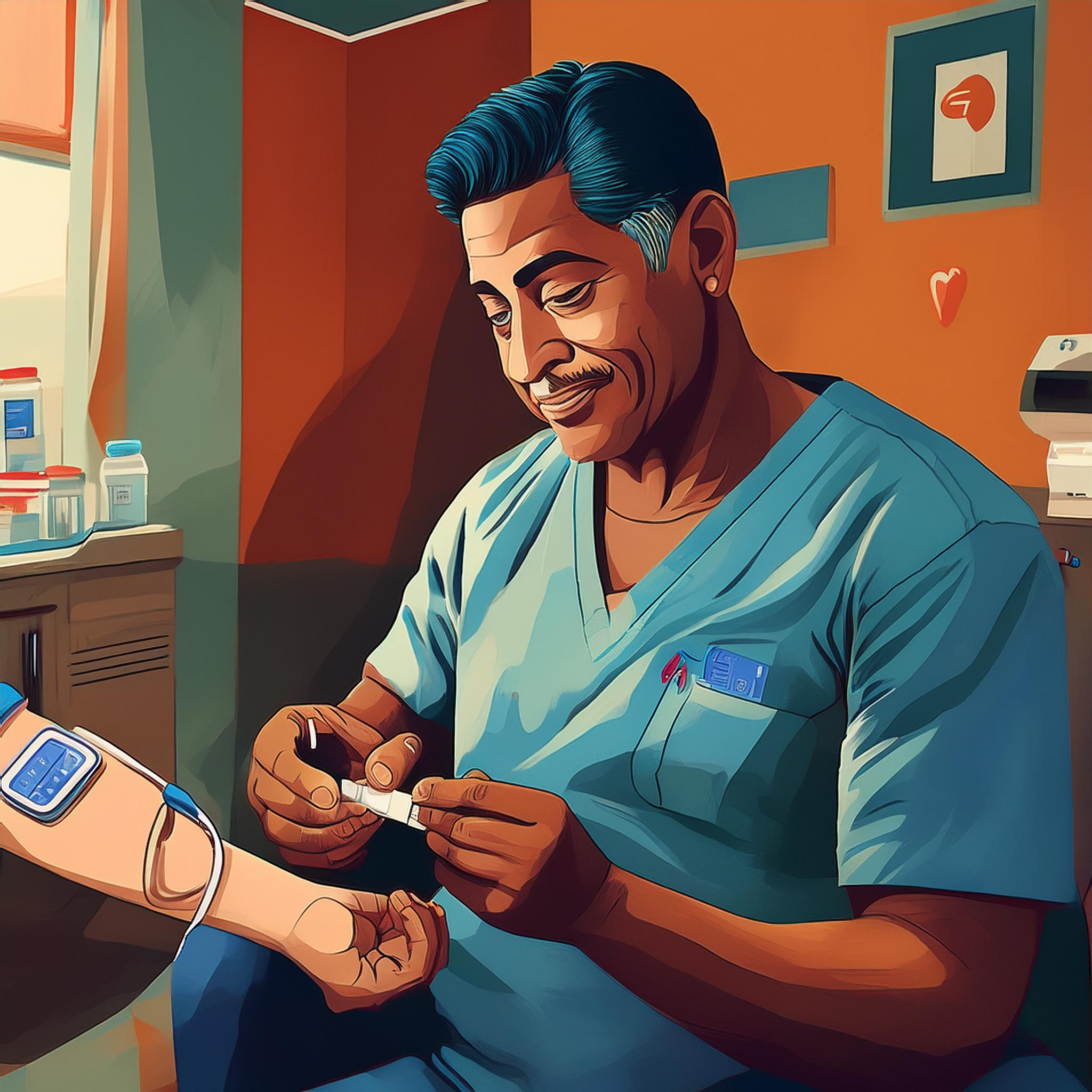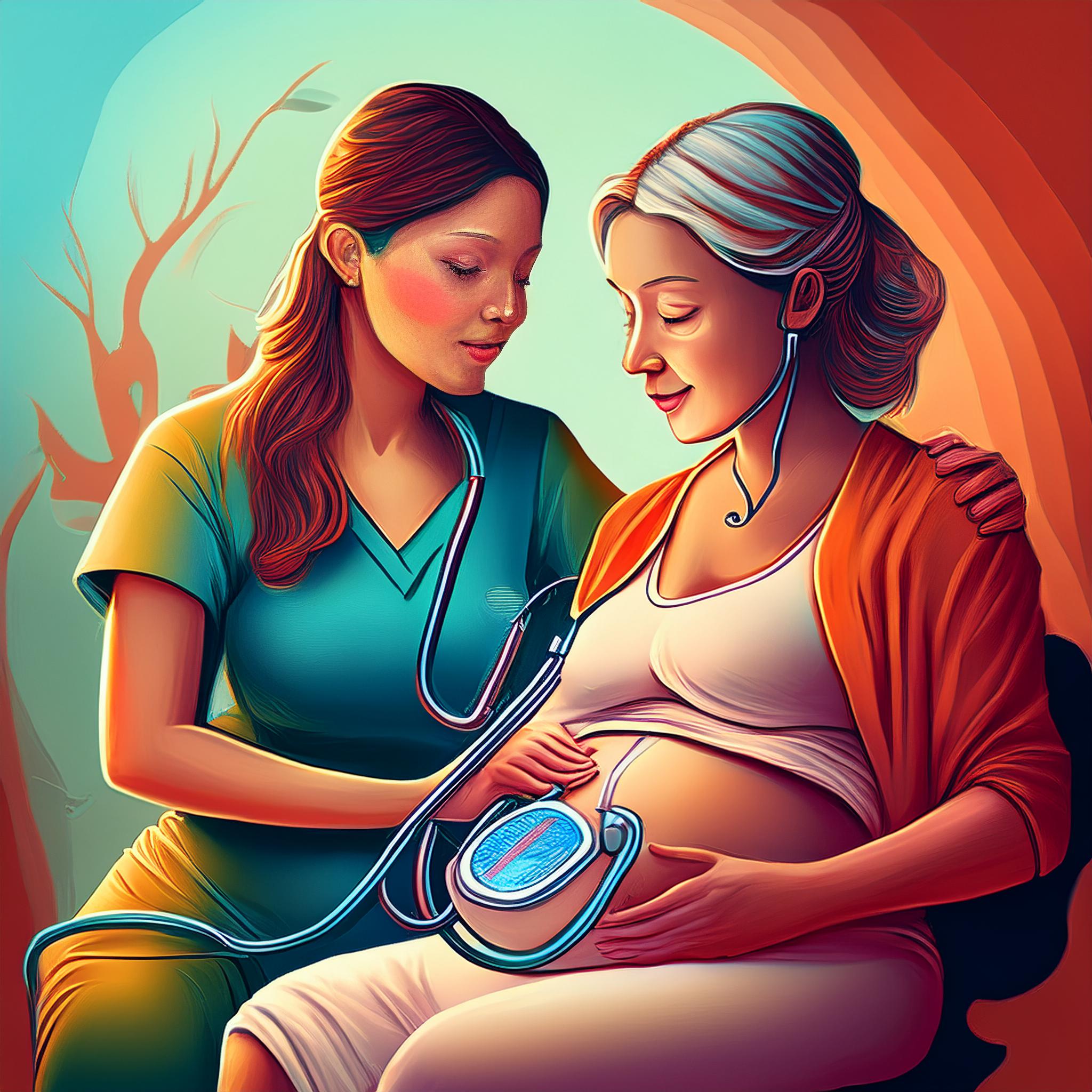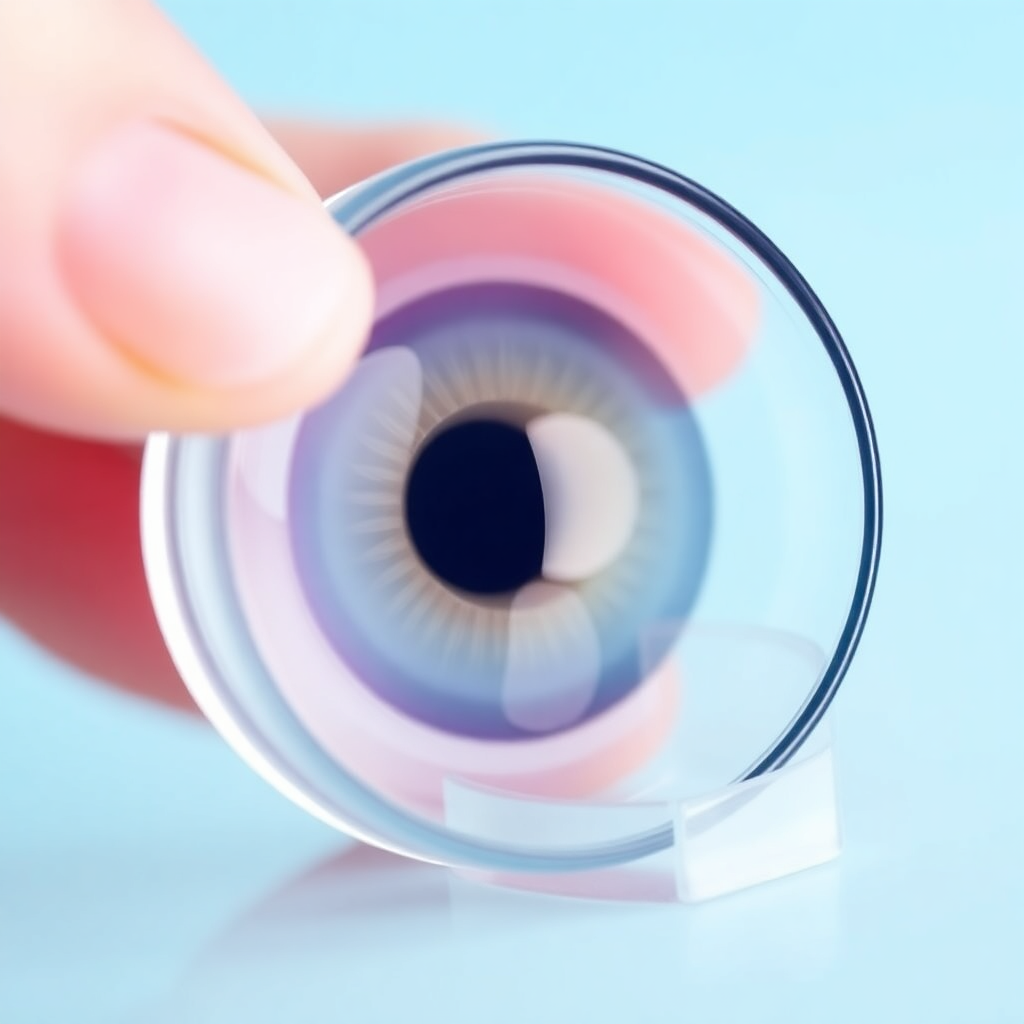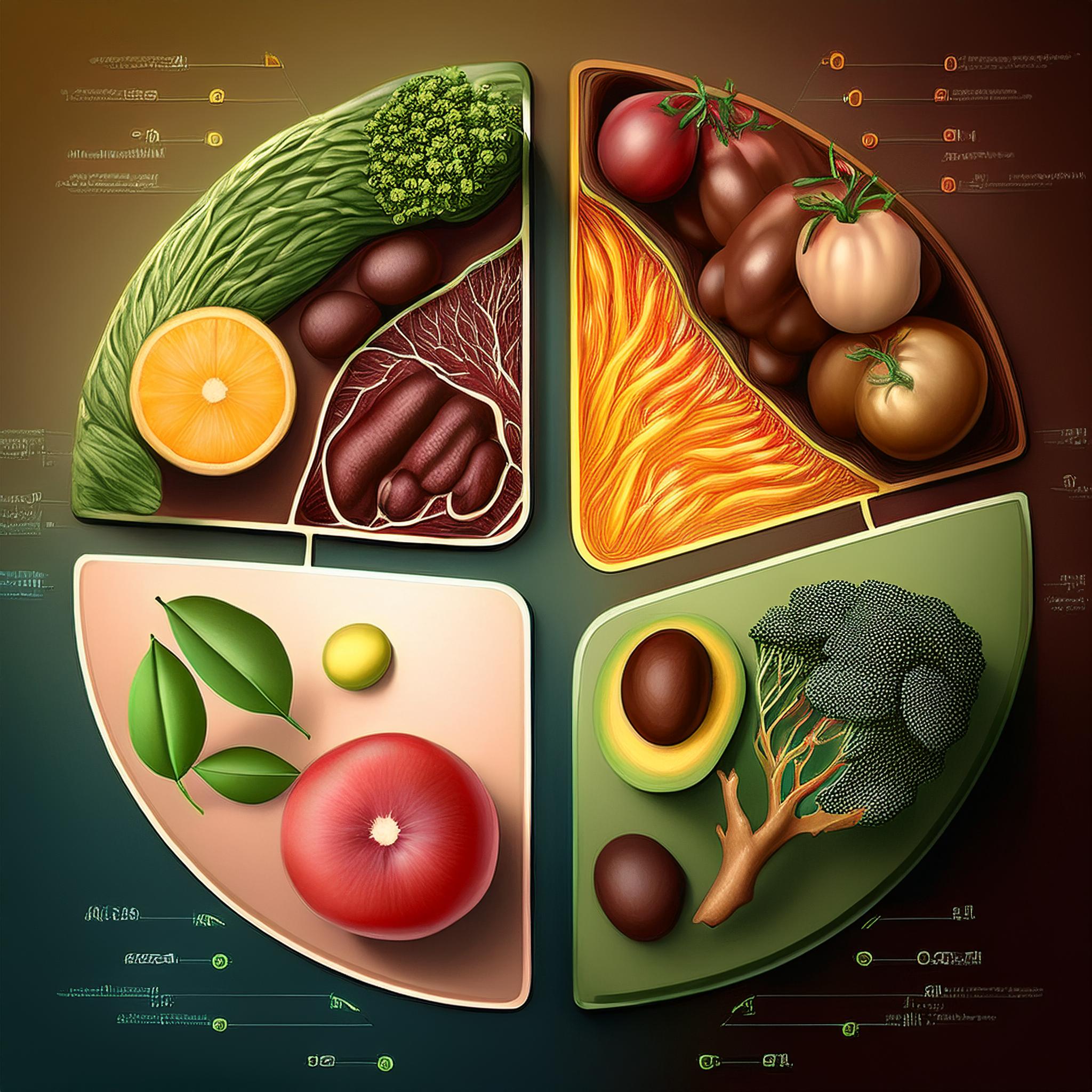Comparison of Body Mass Index and Behavior of CERDIK of Individuals as Risk Factors of Suffering from Non-Communicable Diseases
Downloads
Non-communicable diseases (NCDs) occur in individuals of the productive age and its risk can be diminished if such individuals possess healthy behaviors. BMI is a calculation which is frequently administered to express individuals at risk of suffering from NCDs. Predicting the risk of an individual from suffering from non-communicable diseases is possible by employing CERDIK behavioral (knowledge, attitude, and actions) questionnaires, but it does not yet elaborate the role of body mass index (BMI). The objective of this study is to compare the body mass index and behavior with individuals’ risk factors suffering from non-communicable diseases. The study administered a cross-sectional design. The sample amounted to 200 individuals in the productive age who generally fast-food establishments in Blitar from April to June of 2022. Sample was selected by administering the simple random sampling method. The results demonstrated that merely few individuals experienced a high risk of contracting non-communicable diseases. Behavioral factors are no longer used to determine an individual's risk of developing non-communicable diseases when body mass index is taken into account as a contributing factor. Therefore, body mass index is not a risk factor. According to research, adopting healthy lifestyle habits can lower the risk of developing non-communicable diseases.
Adams, N. E. (2015). Bloom’s taxonomy of cognitive learning objectives. Journal of the Medical Library Association, 103(3), 152-153. https://doi.org/10.3163/1536-5050.103.3.010
Adesoji, F. A. (2018). Bloom taxonomy of educational objectives and the modification of cognitive levels. Advances in Social Sciences Research Journal, 5(5), 292-297. https://doi.org/10.14738/assrj.55.4233
Agusta, A. (2013). Faktor-Faktor Yang Mempengaruhi Mobilitas Penduduk Ke Desa Kota Bangun Dua Kecamatan Kota Bangun Kabupaten Kutai Kartanegara. e-Journal Ilmu Pemerintahan, 1(2), 862-874. Retrieved from http://ejournal.ip.fisip-unmul.ac.id/site/?p=749
Andalangi, J., Warouw, S. M., & Umboh, A. (2013). Hubungan Status Gizi dengan Tekanan Darah pada Siswa Sekolah Menengah Pertama Negeri 1 Kota Bitung. Jurnal e-Biomedik, 1(1), 387-391. https://doi.org/10.35790/ebm.v1i1.4566
Ariani, N. L., & Masluhiya, S. (2017). Keterkaitan Aktivitas Fisik Dengan Indeks Masa Tubuh (IMT) Siswa SD Kota Malang. Jurnal Ilmiah Ilmu Kesehatan, 5(3), 457-465. https://doi.org/https://doi.org/10.33366/cr.v5i3.712
Azwar, S. (2022). Sikap Manusia: Teori dan Pengukurannya. Yogyakarta: Pustaka Pelajar.
Candrawati, S. (2011). Hubungan Tingkat Aktivitas Fisik dengan Indeks Massa Tubuh (IMT) dan Lingkar Pinggang Mahasiswa. Jurnal Keperawatan Soedirman, 6(2), 112-118. Retrieved from http://jks.fikes.unsoed.ac.id/index.php/jks/article/view/335
CDC. (2022). About Adult BMI. Department of Health & Human Services. Retrieved from https://www.cdc.gov/healthyweight/assessing/bmi/adult_bmi/index.html
Dewi, M., Rimbawan, R., & Agustino, A. (2013). Hubungan Status Gizi dan Tekanan Darah dengan Kadar C-Reactive Protein Darah pada Subjek Dislipidemia. Jurnal Gizi dan Pangan, 8(1), 17-24. https://doi.org/10.25182/jgp.2013.8.1.17-24
Farhud, D. D. (2015). Impact of Lifestyle on Health. Iranian Journal Public Health, 44(11),1442-1444. https://www.ncbi.nlm.nih.gov/pmc/articles/PMC4703222/
Gibson, J. L., Ivancevich, J. M., Donnelly, J. H., & Konopaske, R. (2011). Organizations: Behavior, Structure, Processes. Fourteenth Edition. McGraw-Hill.
Gupta, A., Sathiyanarayanan, S., Aravindakshan, R., & Kakkar, R. (2021). A Pilot Retrospective Study Validating Noncommunicable Disease Risk Assessment Score (AMNRAS). International Journal of Preventive Medicine, 12(134),1-8. https://doi.org/10.4103/ijpvm.IJPVM_206_19
Hackert, B., Lumma, A.-L., Raettig, T., Berger, B., & Weger, U. (2022). Towards a re-conceptualization of flow in social contexts. Journal for The Theory of Social Behaviour, 1-26. https://doi.org/10.1111/jtsb.12362
Irani, F., Coquoz, E., Wolff, M. v., Bitterlich, N., & Stute, P. (2022). Awareness of non communicable diseases in women: a cross sectional study. Archives of Gynecology and Obstetrics, 306, 801–810. https://doi.org/10.1007/s00404-022-06546-9
Kamaruddin, I. (2020). Indeks Massa Tubuh (IMT) Terhadap Daya Tahan Kardiovaskuler. SPORTIVE: Journal of Physical Education, Sport and Recreation, 3(2), 117-122. Retrieved from https://ojs.unm.ac.id/sportive/article/view/17012/9538
Kementerian Kesehatan Republik Indonesia. (2017). Rencana Aksi Strategis Nasional Pencegahan dan Pengendalian Penyakit Tidak Menular (RAN PP-PTM). Jakarta: Dirjen Pencegahan dan Pengendalian Penyakit, Kementerian Kesehatan Republik Indonesia.
Kementerian Kesehatan Republik Indonesia. (2019a). Buku Pedoman Manajemen Penyakit Tidak Menular. Jakarta: Direktorat Jenderal Pencegahan dan Pengendalian Penyakit, Kementerian Kesehatan Republik Indonesia.
Kementerian Kesehatan Republik Indonesia. (2019b). CERDIK, Rahasia Masa Muda Sehat dan Masa Tua Nikmat!. Jakarta: Direktorat Promosi Kesehatan dan Pemberdayaan Masyarakat, Kementerian Kesehatan Republik Indonesia.
Kementerian Kesehatan Republik Indonesia. (2018). Ingat CERDIK untuk mencegah risiko dari berbagai penyakit tidak menular. Jakarta: Dirjen P2 Penyakit, Kementerian Kesehatan Republik Indonesia.
Kementerian Kesehatan Republik Indonesia. (2019). Laporan Nasional Riskesdas 2018. Badan Penelitian dan Pengembangan Kesehatan, Kementerian Kesehatan Republik Indonesia.
Legesse, E., Nigussie, T., Girma, D., Geleta, L. A., Dejene, H., Deriba, B. S., Geleta, T. A., Sahlu, D., Tesema, M., Tilahun, A., Awol, M., Teshome, F., Midaksa, G., & Bati, F. (2022). Level of Adequate Knowledge of Non-communicable Diseases and Associated Factors Among Adult Residents of North Shewa Zone, Oromia Region, Ethiopia: A Mixed-Method Approach. Public Health Education and Promotion, 10(892108), 1-8. https://doi.org/10.3389/fpubh.2022.892108
Mahali, M. I., & Indahsari, N. K. (2019). Hubungan Antara Kebiasaan Aktivitas Fisik dengan Indeks Massa Tubuh (IMT) pada Mahasiswa FK-UWKS Angkatan 2016 dan 2017. Hang Tuah Medical Journal, 17(1), 84-93. Retrieved from https://journal-medical.hangtuah.ac.id/index.php/jurnal/article/view/86
Nisa, H., Fatihah, I. Z., Oktovianty, F., Rachmawati, T., & Azhari, R. M. (2020). Konsumsi Makanan Cepat Saji, Aktivitas Fisik, dan Status Gizi Remaja di Kota Tangerang Selatan. Media Penelitian dan Pengembangan Kesehatan, 31(1), 63-74. https://doi.org/10.22435/mpk.v31i1.3628
Notoatmodjo, S. (2011). Pendidikan dan Perilaku Kesehatan. Jakarta: Rineka Cipta.
Ojo, T. T., Hawley, N. L., Desai, M. M., Akiteng, A. R., Guwatudd, D., & Schwartz, J. I. (2017). Exploring knowledge and attitudes towardnon-communicable diseases among villagehealth teams in Eastern Uganda: a cross-sectional study. BMC Public Health, 17(947), 1-11. https://doi.org/10.1186/s12889-017-4954-8
P2PTM Kemenkes RI. (2021). Bagaimana Cara Mengukur Indeks Massa Tubuh (IMT) / Berat Badan Normal?. Direktorat P2PTM Kementerian Kesehatan Republik Indonesia. Retrieved from http://p2ptm.kemkes.go.id/infographic-p2ptm/obesitas/bagaimana-cara-mengukur-indeks-massa-tubuh-imt-berat-badan-normal
Pratiwi, D., Ismail, D., Mufdlilah, & Cholsakhon, P. (2021). The Effect of Health Education on Mother's Knowledge Attitudes and Behavior in Giving Care to Low Birth Weight Babies. Jurnal Info Kesehatan, 19(2), 97-109. https://doi.org/10.31965/infokes.Vol19Iss2.525
Rastiti, P. D., Andayani, N. L. N., & Tianing, N. W. (2018). The Correlation Body Mass Index with Blood Pressure on Elderly in Pererenan Village of Mengwi Sub-District of Badung Regency. Majalah Ilmiah Fisioterapi Indonesia, 6(1), 16-19. https://doi.org/10.24843/MIFI.2018.v06.i01.p04
Sagaro, G. G., Caniob, M. D., & Amenta, F. (2021). Correlation between body mass index and blood pressure in seafarers. Clinical and Experimental Hypertension, 43(2), 189-195. https://doi.org/10.1080/10641963.2020.1836193
Suprajitno, & Mugianti, S. (2020). CERDIK Behavior as a Risk Factor for Individuals with Non-Communicable Diseases. Systematic Reviews in Pharmacy, 11(10), 350-360. Retrieved from https://www.sysrevpharm.org/abstract/cerdik-behavior-as-a-risk-factor-for-individuals-with-noncommunicable-diseases-66252.html
WHO. (2022). Noncommunicable diseases: Risk factors. Geneva: World Health Organization. Retrieved from https://www.who.int/data/gho/data/themes/topics/noncommunicable-diseases-risk-factors
Copyright (c) 2022 JURNAL INFO KESEHATAN

This work is licensed under a Creative Commons Attribution-NonCommercial-ShareAlike 4.0 International License.
Copyright notice
Ownership of copyright
The copyright in this website and the material on this website (including without limitation the text, computer code, artwork, photographs, images, music, audio material, video material and audio-visual material on this website) is owned by JURNAL INFO KESEHATAN and its licensors.
Copyright license
JURNAL INFO KESEHATAN grants to you a worldwide non-exclusive royalty-free revocable license to:
- view this website and the material on this website on a computer or mobile device via a web browser;
- copy and store this website and the material on this website in your web browser cache memory; and
- print pages from this website for your use.
- All articles published by JURNAL INFO KESEHATAN are licensed under the Creative Commons Attribution 4.0 International License. This permits anyone to copy, redistribute, remix, transmit and adapt the work provided the original work and source is appropriately cited.
JURNAL INFO KESEHATAN does not grant you any other rights in relation to this website or the material on this website. In other words, all other rights are reserved.
For the avoidance of doubt, you must not adapt, edit, change, transform, publish, republish, distribute, redistribute, broadcast, rebroadcast or show or play in public this website or the material on this website (in any form or media) without appropriately and conspicuously citing the original work and source or JURNAL INFO KESEHATAN prior written permission.
Permissions
You may request permission to use the copyright materials on this website by writing to jurnalinfokesehatan@gmail.com.
Enforcement of copyright
JURNAL INFO KESEHATAN takes the protection of its copyright very seriously.
If JURNAL INFO KESEHATAN discovers that you have used its copyright materials in contravention of the license above, JURNAL INFO KESEHATAN may bring legal proceedings against you seeking monetary damages and an injunction to stop you using those materials. You could also be ordered to pay legal costs.
If you become aware of any use of JURNAL INFO KESEHATAN copyright materials that contravenes or may contravene the license above, please report this by email to jurnalinfokesehatan@gmail.com
Infringing material
If you become aware of any material on the website that you believe infringes your or any other person's copyright, please report this by email to jurnalinfokesehatan@gmail.com.





























